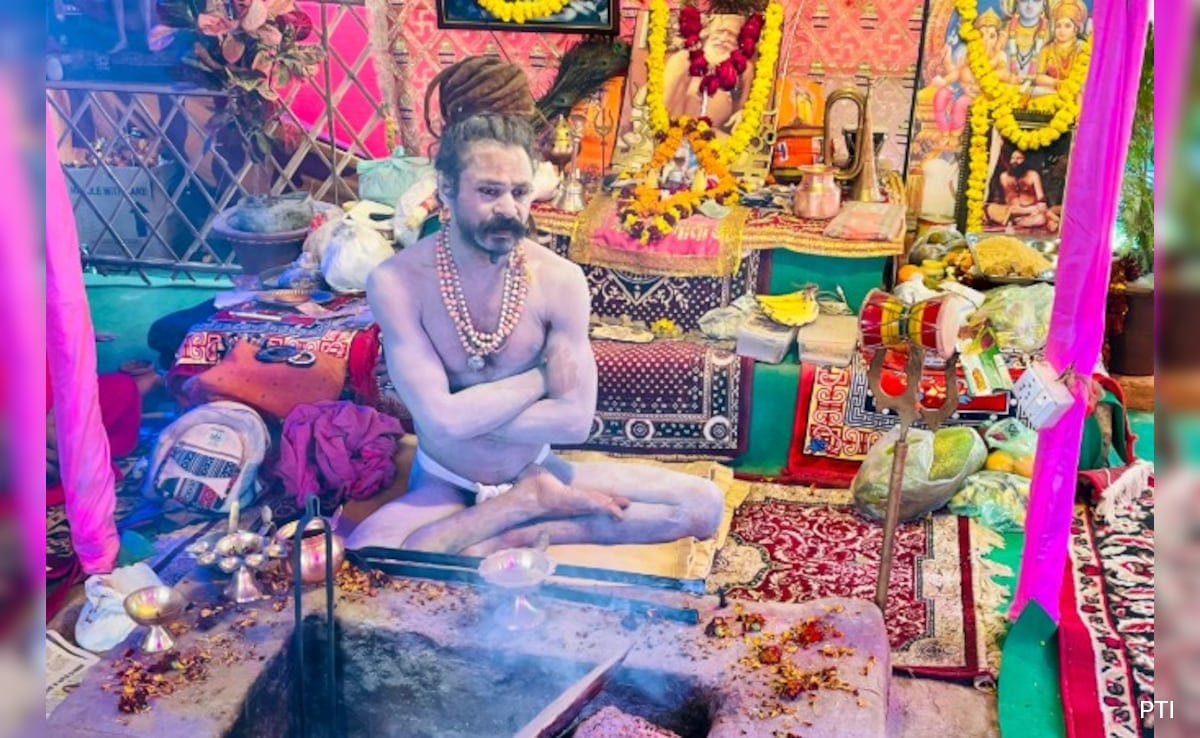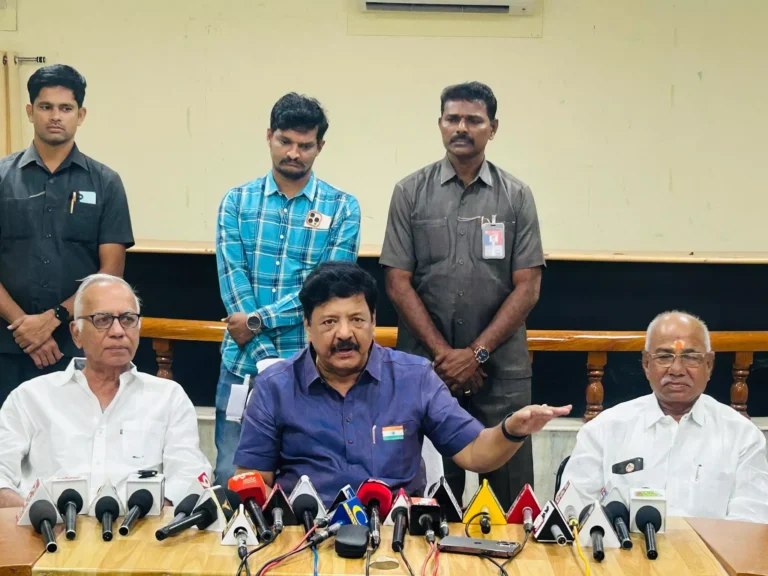Their barely-clad bodies smeared in ash and long hair in deadlocks, seers at the Maha Kumbh begin each day at 4 am with a dip at the holy Sangam and a litany of rituals before proceeding to receive the pilgrims visiting them.
Life in the ‘akhadas’ for these seers involves a bevy of customs — worship of their gurus, performing rituals such as ‘yagya’, meditation and evening prayers.
Depending on their following, most of their day is occupied by ‘satsang’, Bhagavad Gita ‘path (recital)’, singing ‘kirtan (hymns)’ and chanting mantras.
The rest of the time is spent attending to the pilgrims, who visit them either out of curiosity or faith.
“The idea behind our lives is not having greed. We lead simple lives. Here also, we wake up at 4 am and go for a ‘snan (dip)’ at the Sangam,” Sawan Bharti, a seer from the Juna Akhada told PTI.
“Once we come back, we have our rituals, we worship our gurus and gods, there are the yagya… There is a sea of pilgrims who visit us to take ‘dhuni (ash)’. In the evenings, we have prayers and then we sleep by midnight,” he said.
He added their routine was more or less the same even in other places as well.
“We are in a sacred place and can take a bath at the Sangam. We also attend rituals when new seers are taking ‘diksha’,” Bharti said.
He explained that each seer had a job (assigned task) related to the akhadas — from arranging meals, procuring items, cleaning the premises and preparing for the rituals.
Akhadas are monastic institutions or sects that unite seers (ascetics) under specific spiritual traditions and practices.
The Juna Akhada is one of the oldest and largest among the 13 that are a part of the Maha Kumbh.
The 13 akhadas are divided into three groups — Sanyasi (Shaivite), Bairagi (Vaishnav) and Udaseen.
Each akhada is allocated specific time slots for certain rituals, creating a vibrant atmosphere filled with processions featuring decorated elephants, horses and bands.
Mahant Vashishth from the Panchayati Akhada said each of their prayers were performed in a ritualistic manner.
“There are people from across the globe who are still stuck in ‘moh-maya’. We tell them about how spirituality can lead them to the path of peace,” he said.
“There are sermons, too. Even when the seers are resting, the yagya never stops as that is where the faith lies. The pilgrims come to take portions of the ash from the yagya,” he added.
Cheshna from the Sanyasini Shri Panh Dashnam Juna Akhada, a woman seer who took part in the diksha rituals of more than 200 women on Sunday, said the decision to renounce worldly life and embrace spirituality was driven by awakening or transformative life events.
“I have been a ‘sanyasi’ for 11 years and this is my first Maha Kumbh,” she said.
The mega-religious event, organised every 12 years, is being held in Prayagraj from January 13 and will continue for 45 days. More than seven crore pilgrims have so far taken a holy dip at the Sangam — the confluence of the Ganga, Yamuna and the mythical Saraswati rivers.
Vidyanand Swami, a seer from the Panch Atal Akhada, said he was responsible for the diksha rituals.
“Upon reaching the banks of the Ganga, the sanyasis are first given a ceremonial bath, following which they undergo ‘mundan sanskar (tonsuring)’ with the permission of their respective gurus. After that, they are adorned with the ‘janeu (sacred thread)’ and given another bath in the Ganga to complete the ritual,” he said.
“Following this, dozens of priests collectively perform the purification ceremony for the sanyasis, accompanied by the chanting of Vedic mantras,” he told PTI.
During the Amrit Snan, the akhadas hold the privilege of taking the first holy dip, and their bathing sequence is determined by the Akhada Parishad, which allocates time slots based on hierarchy.
Mounted on horses, with drums and cymbals, ash-smeared Naga sadhus carrying tridents and swords were the first to arrive at the Triveni Sangam and take a holy dip during the sacred ‘Brahma Muhurta’.
As they plunged into the water, their cries reverberated across the area, marking the beginning of Amrit Snan, believed to cleanse a lifetime of sin.
Mahakumbh Nagar Additional District Magistrate Vivek Chaturvedi said, “Maha Kumbh is especially famous for its remarkable assembly of religious ascetics — sadhus and ‘mahants’ — drawn from secluded retreats in forests, mountains and caves. Once astrologers determine the auspicious bathing moment, known as ‘Kumbhayog’, the first to immerse themselves are the Naga sadhus.”
(Except for the headline, this story has not been edited by NDTV staff and is published from a syndicated feed.)














